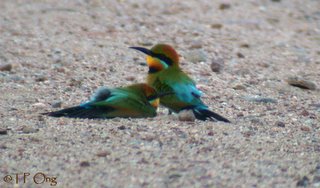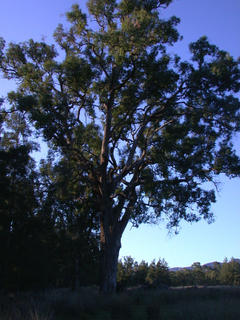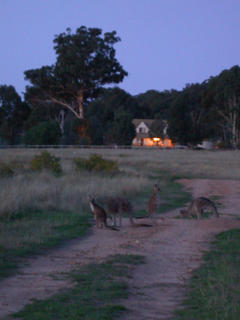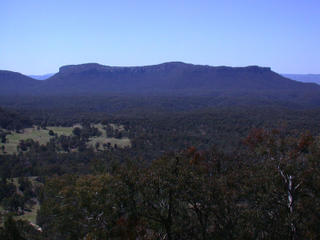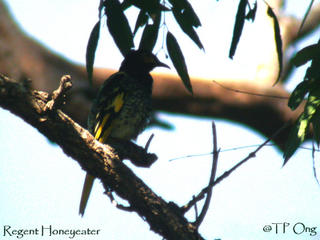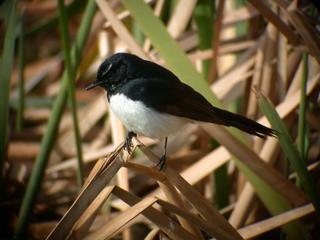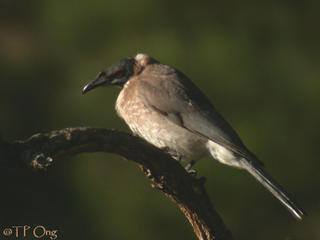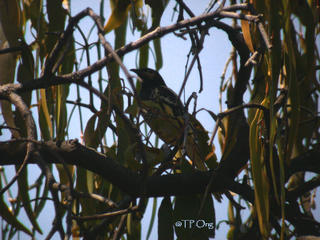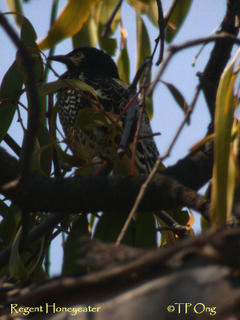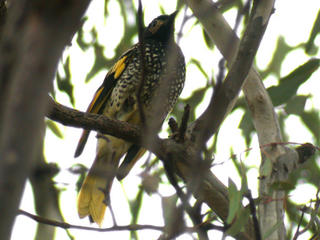2005-10-01/02 Capertee Valley - Part 1
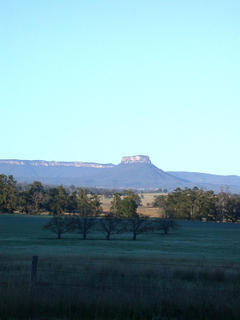 This is my last trip to Capertee Valley in year 2005. Main reason of driving 4 hours here is still the same - to see my favorite endangered Regent Honeyeater. Alas, my camera's cable release became faulty and it is always a jinx that the Regent Honeyeater had really put up a very good show this time.
This is my last trip to Capertee Valley in year 2005. Main reason of driving 4 hours here is still the same - to see my favorite endangered Regent Honeyeater. Alas, my camera's cable release became faulty and it is always a jinx that the Regent Honeyeater had really put up a very good show this time. The best shows are usually the live shows - I became the fascinated audience to have witnessed this endangered honeyeater preening and gliding in front of me. However, I still managed to take a few photos by using timer shutter on my camera. (Now you know that I am not a serious photographer and my equipment is not that high end)
Carpertee Valley inthe morning. The morning dew has made the grass look a bit bluish.
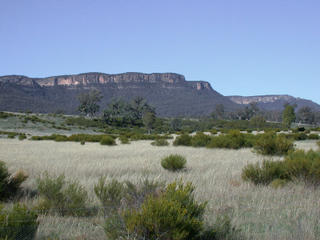
Renegerated vegetation

Renegerated vegetation
 The Rainbow Bee-eater started to congregrate just before sunset and enjoyed their sand-bathing. This is my ever observation of bee-eater species practising sand bathing. Photo was taken using timing shutter.
The Rainbow Bee-eater started to congregrate just before sunset and enjoyed their sand-bathing. This is my ever observation of bee-eater species practising sand bathing. Photo was taken using timing shutter.Tall and mature trees provide good shelter as well as suitable nesting holes for birds. During breeding season, it is not uncommon to find 4~5 active nests of various bird species on the same tree.
This is a typical tree which has provided nesting holes for various birds including the endangered Regent Honeyeater.
Capertee Valley at dusk
Bumping into a family of wild kangaroo is one of my memorable Australian experiences. How relaxing!!
